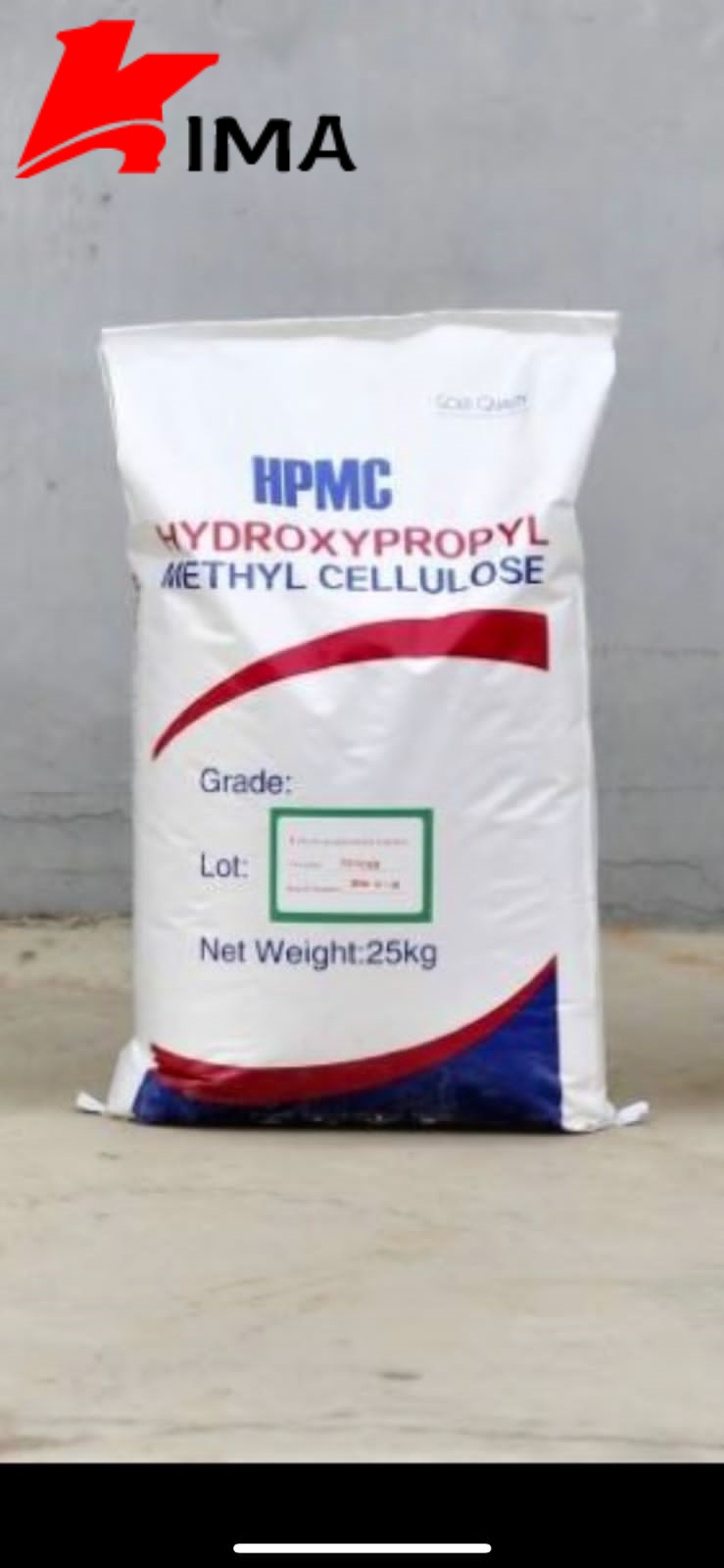Hydroxypropyl Methylcellulose Information
- Table of Contents:
- Introduction to Hydroxypropyl Methylcellulose (HPMC)
- Chemical Structure and Properties
- Production Process
- Grades and Specifications
- Applications
- 5.1 Construction Industry
- 5.2 Pharmaceuticals
- 5.3 Food Industry
- 5.4 Personal Care Products
- 5.5 Paints and Coatings
- Advantages and Benefits
- Challenges and Limitations
- Conclusion
1. Introduction to Hydroxypropyl Methylcellulose (HPMC):
Hydroxypropyl Methylcellulose (HPMC), also known as Hypromellose, is a cellulose ether derived from natural cellulose. It is a versatile polymer with a wide range of applications in industries such as construction, pharmaceuticals, food, cosmetics, and paints. HPMC is valued for its unique properties, including thickening, water retention, film-forming, and stabilizing abilities.
2. Chemical Structure and Properties:
HPMC is synthesized through the chemical modification of cellulose, where hydroxypropyl (-CH2CHOHCH3) and methyl (-CH3) groups are introduced onto the cellulose backbone. The degree of substitution (DS) of these groups influences the properties of HPMC, including viscosity, solubility, and gelation behavior. HPMC is typically a white to off-white powder that is odorless and tasteless. It is soluble in cold water and forms transparent, viscous solutions.
3. Production Process:
The production of HPMC involves several steps, including cellulose sourcing, etherification, and purification:
- Cellulose Sourcing: Cellulose is sourced from renewable materials such as wood pulp or cotton.
- Etherification: Cellulose undergoes etherification with propylene oxide to introduce hydroxypropyl groups, followed by reaction with methyl chloride to add methyl groups.
- Purification: The modified cellulose is purified to remove impurities and by-products, resulting in the final HPMC product.
4. Grades and Specifications:
HPMC is available in various grades and specifications tailored to specific applications. These grades differ in properties such as viscosity, particle size, and degree of substitution. Common specifications include viscosity grade, moisture content, particle size distribution, and ash content. The choice of HPMC grade depends on the desired performance requirements of the application.
5. Applications:
5.1 Construction Industry:
In the construction industry, HPMC is widely used as an additive in cement-based materials such as mortars, plasters, and tile adhesives. It improves workability, water retention, adhesion, and sag resistance of these materials.
5.2 Pharmaceuticals:
In pharmaceutical formulations, HPMC serves as a binder, thickener, film former, and stabilizer in tablets, capsules, ophthalmic solutions, and topical creams. It enhances drug delivery, dissolution, and bioavailability.
5.3 Food Industry:
HPMC is employed in the food industry as a thickener, stabilizer, and emulsifier in products such as sauces, dressings, ice creams, and baked goods. It improves texture, mouthfeel, and shelf stability of food formulations.
5.4 Personal Care Products:
In cosmetics and personal care products, HPMC functions as a thickener, suspending agent, film former, and moisturizer in creams, lotions, shampoos, and gels. It enhances product texture, spreadability, and stability.
5.5 Paints and Coatings:
HPMC is used in water-based paints, adhesives, and coatings to enhance viscosity, sag resistance, and film formation properties. It improves paint flow, leveling, and adhesion to substrates.
6. Advantages and Benefits:
- Versatility: HPMC offers a wide range of functionalities, making it suitable for diverse applications across industries.
- Performance Enhancement: It improves the performance, stability, and aesthetics of formulations, resulting in high-quality end products.
- Safety: HPMC is non-toxic, biodegradable, and safe for use in consumer products, including pharmaceuticals and food.
- Ease of Use: HPMC is easy to handle and incorporate into formulations, contributing to process efficiency and consistency.
7. Challenges and Limitations:
- Hygroscopicity: HPMC is hygroscopic, meaning it absorbs moisture from the environment, which can affect its flow and handling properties.
- pH Sensitivity: Some grades of HPMC may exhibit sensitivity to pH changes, requiring careful formulation adjustments.
- Compatibility Issues: HPMC may interact with certain ingredients or additives in formulations, leading to compatibility issues or performance variations.
8. Conclusion:
Hydroxypropyl Methylcellulose (HPMC) is a versatile polymer with widespread applications in industries ranging from construction to pharmaceuticals and food. Its unique properties, including thickening, water retention, film formation, and stabilizing abilities, make it indispensable in various formulations. As industries continue to innovate, the demand for high-quality HPMC is expected to grow, driving further advancements in its production and application.
Post time: Apr-02-2024

